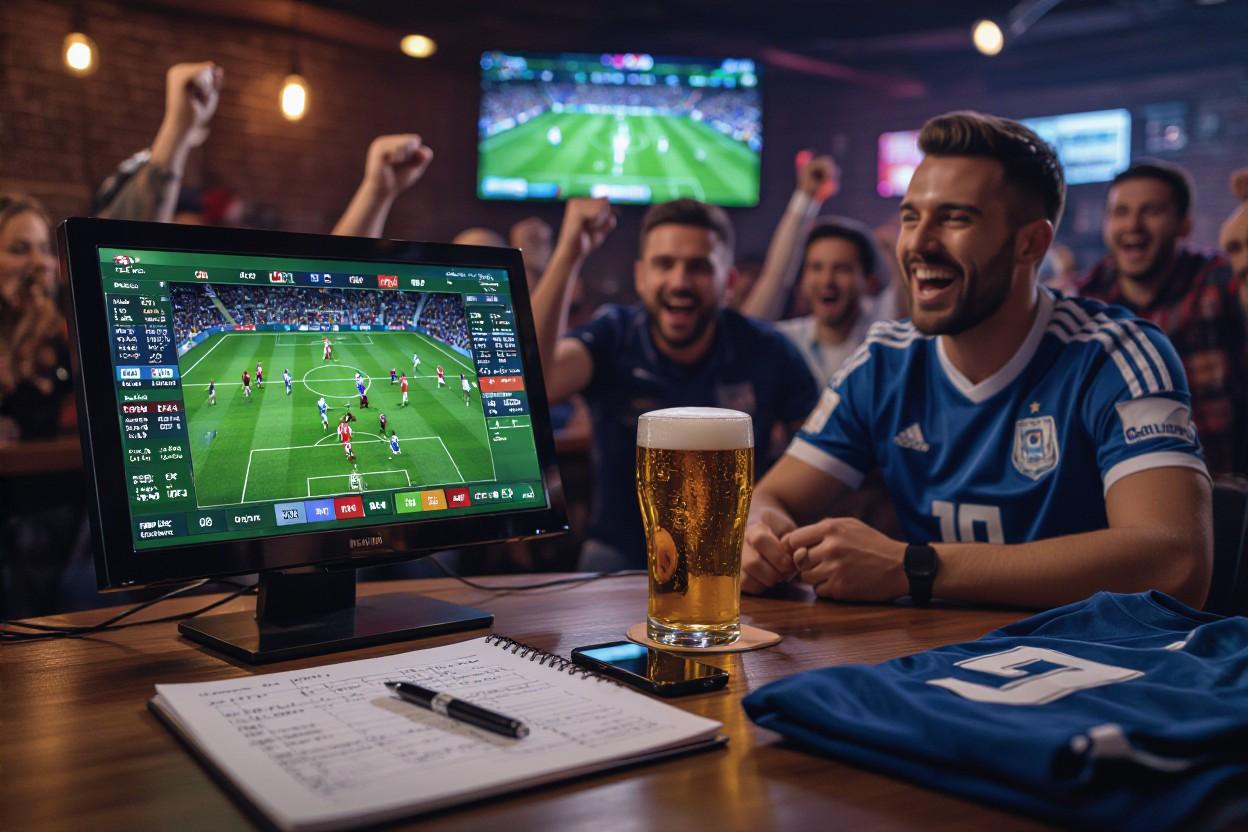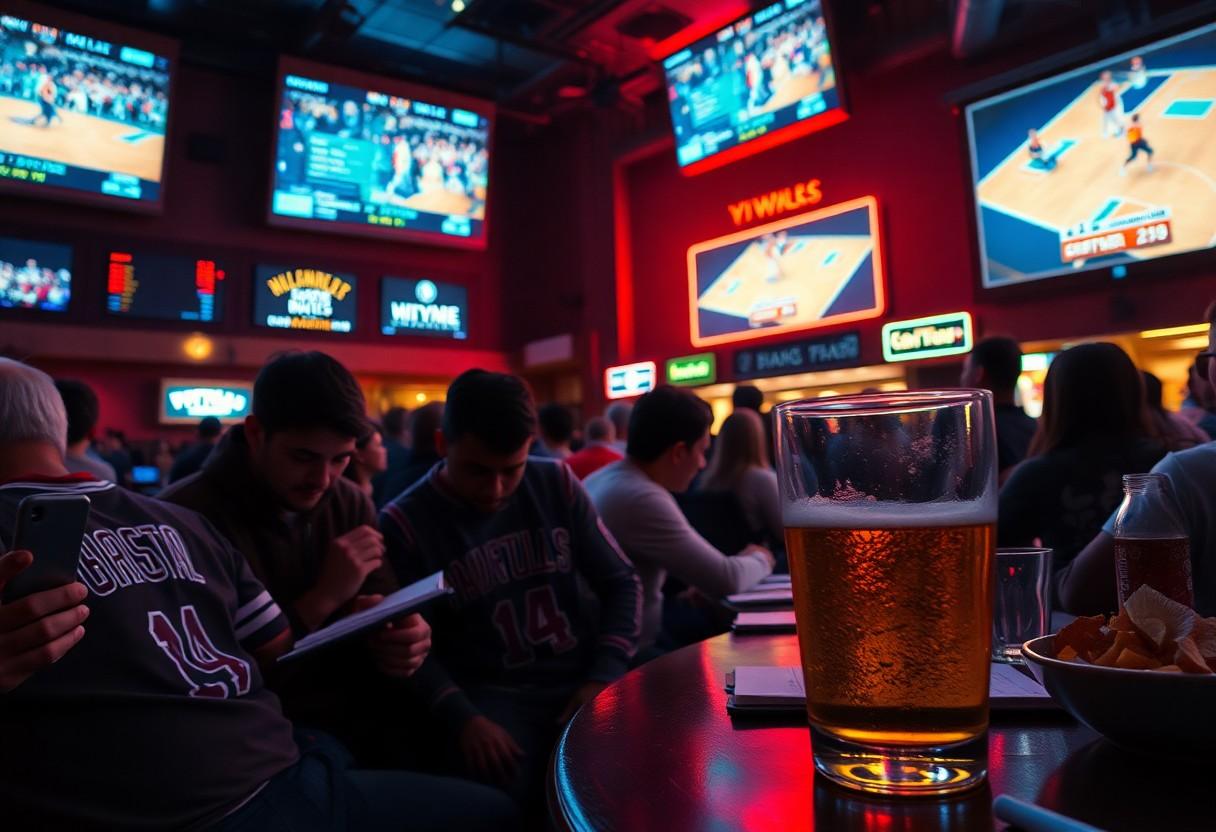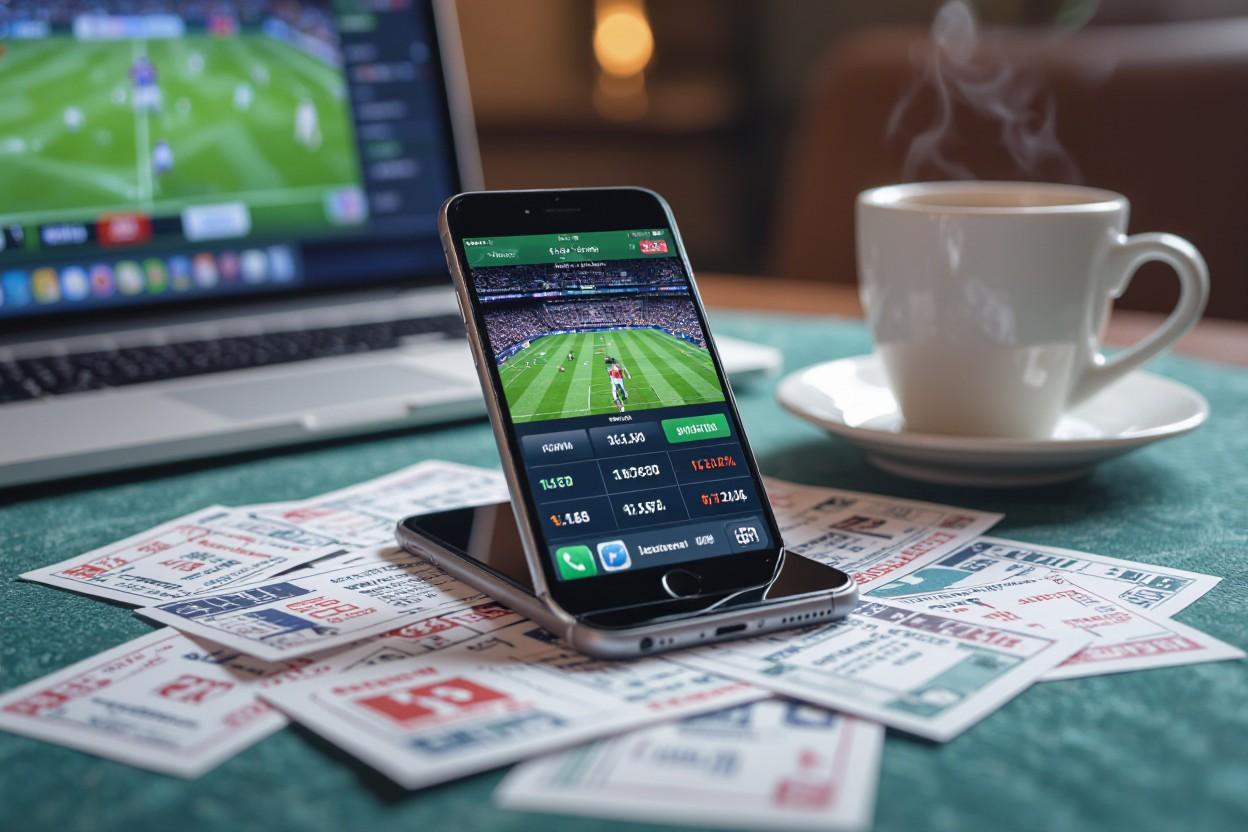There’s a systematic approach to live soccer betting that separates winners from amateurs: focus on bankroll discipline, in-play statistics and quick line reading, exploit higher-value opportunities and avoid bets during volatile swings.
The Dynamics of Live Soccer Betting: What You Need to Know
Momentum swings define live soccer betting; teams that dominate possession for 15 minutes can flip markets instantly, as seen often in the Premier League (wikipedia) where late goals shift probabilities dramatically. Bookmakers react to shots on target, substitutions and red cards, so tracking live xG and match state uncovers hidden value or dangerous volatility for bettors aiming to capitalise in-play.
The Mechanics of In-Play Betting
Markets such as next-goal, Asian handicap and cash-out update continuously; exchanges let users back or lay, while sportsbooks may impose brief bet freezes or limits. Fast data feeds matter—latency of even 2–5 seconds changes available price—and strategy blends statistical signals with quick judgment. For a primer comparing approaches see live betting vs. pre-match when using live soccer betting techniques.
Understanding Odds Changes During Matches
Odds are real-time probability signals influenced by events: a red card often shifts a 1.80 favourite to ~2.50 within minutes, while sustained pressure raises implied goals for the attacking side. Watching metrics like shot quality, dangerous attacks per 10 minutes and substitutions reveals why prices move; exploiting temporary mispricings requires quick sizing and clear exit rules to manage rapid risk in live soccer betting.
Bookmakers combine algorithmic models with trader overlays to adjust lines; exchanges reflect market sentiment faster, offering better price discovery. Typical feed delays vary by operator—1–7 seconds—so professional live soccer betting uses low-latency data, hedging and position limits to avoid chasing late-game swings and to lock in sustainable edge when odds misalign with observed match dynamics.
Key Strategies to Enhance Live Betting Outcomes
Watch specific windows: 0–10′ for early-set-piece value, half‑time for tactical shifts, and 60–80′ when fatigue and substitutions widen gaps; these moments drive volatility in live soccer betting. Check in-play xG, shots on target, and a targeted substitution before staking significant amounts. Markets often misprice quick tactical changes.
Analyzing Match Momentum and Team Tendencies
Track momentum via short-term indicators: consecutive final-third entries, xG swing ≥0.2, or three+ corners in 10 minutes signal sustained pressure—use these to size bets in live soccer betting. Consult formation shifts and pressing intensity; a team forcing turnovers from the 60th minute often converts pressure into goals. Flag red cards and injury-driven tactical pivots as the most dangerous disruptors.
Deeper analysis means comparing match xG to season averages, noting if a team’s in‑game xG (e.g., 0.8 after 30′) deviates from its season 1.4 xG; persistent under/overperformance indicates value or trap in live soccer betting. Use heatmaps to spot winger overloads, track substitution patterns (many managers bring on attacking subs around 65′), and size stakes when analytics and game state align—prioritize small, targeted bets over broad market exposure.
Advanced Analytical Tools for Live Bettors
Use second-by-second feeds, combining xG revisions, shot locations and betting exchange ticks to identify micro value in live soccer betting; traders who spot a real-time odds shift after a high-xG sequence can lock profit before markets fully react, while ignoring noisy signals reduces costly false positives.
- Live xG and shot-map visualization
- Player-tracking heatmaps and possession chains
- Market liquidity and odds-volatility monitors
- Automated alert engines with custom thresholds
Tool vs. Benefit
| Tool | Benefit |
|---|---|
| Real-time xG API | Quantifies scoring chance quality for swift value bets |
| Player tracking | Detects fatigue or tactical shifts via distance/sprints |
| Odds movement scanner | Flags sharp money and liquidity drops |
| Alerts & automations | Executes fast micro-stakes when conditions meet model thresholds |
Utilizing Data Analytics for Real-Time Decisions
Feed live telemetry into lightweight models (Python/R) that output probability deltas every 30–60 seconds; backtests often show a 1–3% ROI edge when trading on sudden xG jumps or possession-to-shot conversion changes, and comparing frameworks clarifies whether to use scalping or value-holding strategies.
The Role of Live Statistics and Metrics
Track metrics like cumulative xG, shots on target per 10 minutes, touches in the box, and PPDA to turn raw events into actionable triggers; threshold breaches (e.g., +0.25 xG in five minutes) often precede odds moves, creating short windows for profitable stakes.
Leagues with deep data feeds let bettors validate models across hundreds of matches; combining cross-league patterns with team-specific tendencies reduces variance and highlights where live soccer betting models perform best, while watching for data latency prevents mispriced bets.
Risk Management: Safeguarding Your Betting Bankroll
Allocate a dedicated staking bank and cap individual live soccer betting stakes to 1–2% of bankroll, with a daily loss limit of 5% and weekly max of 10%. Use stop-loss rules per session and reserve a separate emergency fund for variance spikes. In top competitions like the Premier League volatility can be higher after late substitutions, so factor league-specific volatility into your limits.
Setting Limits and Using Bet Tracking
Record every in-play stake, market, minute of entry, odds, implied probability and outcome in a spreadsheet or tracking app; include ROI, streaks and edge estimate. Automated alerts for >20% odds movement flag value loss. Apply the 1–2% stake rule and stop further live soccer betting if a session hits the 5% loss cap.
Recognizing When to Withdraw or Stay In
Pull back when markets move beyond your value threshold: for example, odds shortening from 3.50 to 1.80 (implied probability jump from 28.6% to 55.6%) usually wipes out pre-match edge. Stop after 6 consecutive losing bets or when emotional tilt raises stake sizes above plan. Stay in only if your model still shows >=5% edge after accounting for market shifts and transaction latency.
In live soccer betting, use concrete exit triggers: a single in-game event (red card, penalty) that shifts odds >15–20% or a line drift against your side should prompt immediate reassessment. Prioritize objective metrics over gut feeling—if your tracked expectancy falls below break-even or your session loss exceeds preset caps, withdraw and review data before returning.
The Psychological Edge: Mindset and Discipline in Betting
Discipline defines success in live soccer betting: use a fixed staking plan—typically 1–2% of bankroll per in-play wager—and cap daily exposure to avoid impulse trades. Professional records show small, consistent edges compound; many experienced bettors aim for 5–10% annual ROI by exploiting market inefficiencies in competitions like the English Premier League. Log every market, event minute, and outcome to measure variance and adjust stakes scientifically.
Overcoming Emotional Biases
Chasing losses and overrating favourite teams distort live soccer betting judgment; set a loss limit such as stopping after four consecutive losing in-play bets and force a 24‑hour cooling period. Use data-driven filters—expected goals (xG), red card probability, possession shifts—to counter confirmation bias, and track pre-bet confidence versus outcome to reveal emotional leaks in decision-making.
Developing a Consistent Betting Strategy
Adopt a reproducible model for live soccer betting: choose flat or percentage staking, define entry rules (e.g., back teams conceding >1.5 xG in the first 20 minutes), and validate over at least 200 bets or a full season to smooth variance. Maintain KPIs—ROI, hit rate, average odds, max drawdown—and apply incremental adjustments; consistency compounds any real edge.
Expand the strategy by backtesting on 500–1,000 live soccer betting events and logging edge per market; reject models that outperform only on fewer than 500 bets to avoid overfitting. Apply a fractional Kelly—around 25–50% of full Kelly—to size stakes while limiting drawdown, and diversify across markets (match odds, over/under, corners) so one variance spike won’t wipe the bankroll.
To wrap up
Now, live soccer betting demands disciplined bankroll management, precise game-state observation and fast-market execution.




